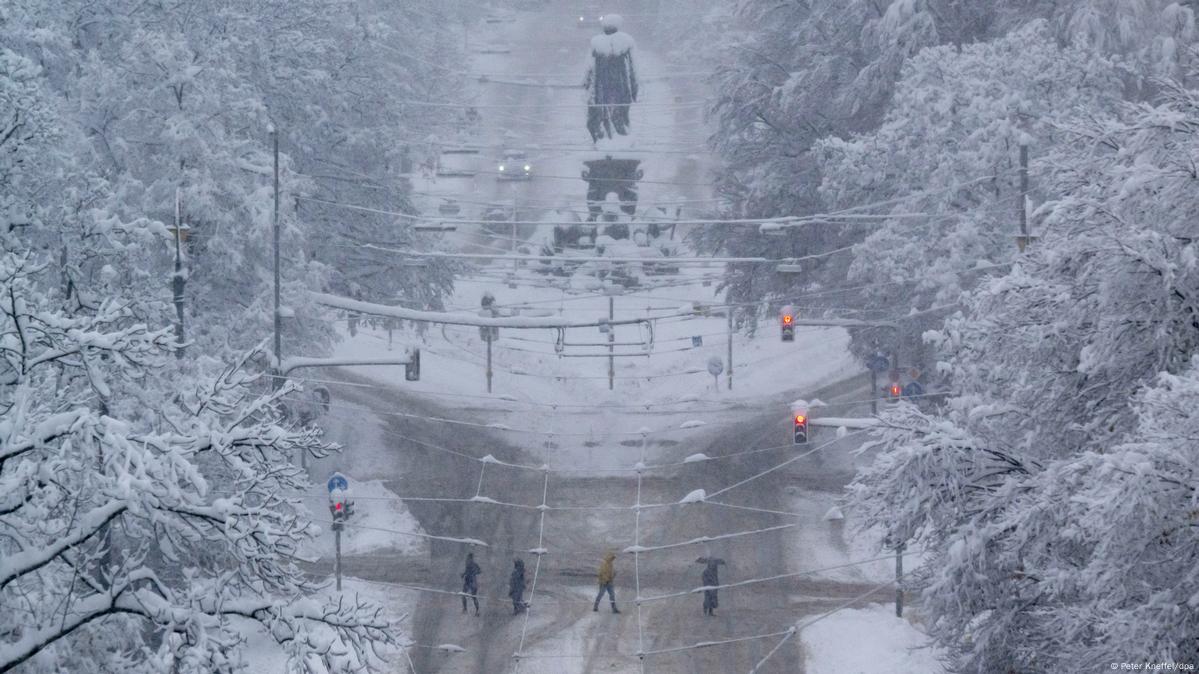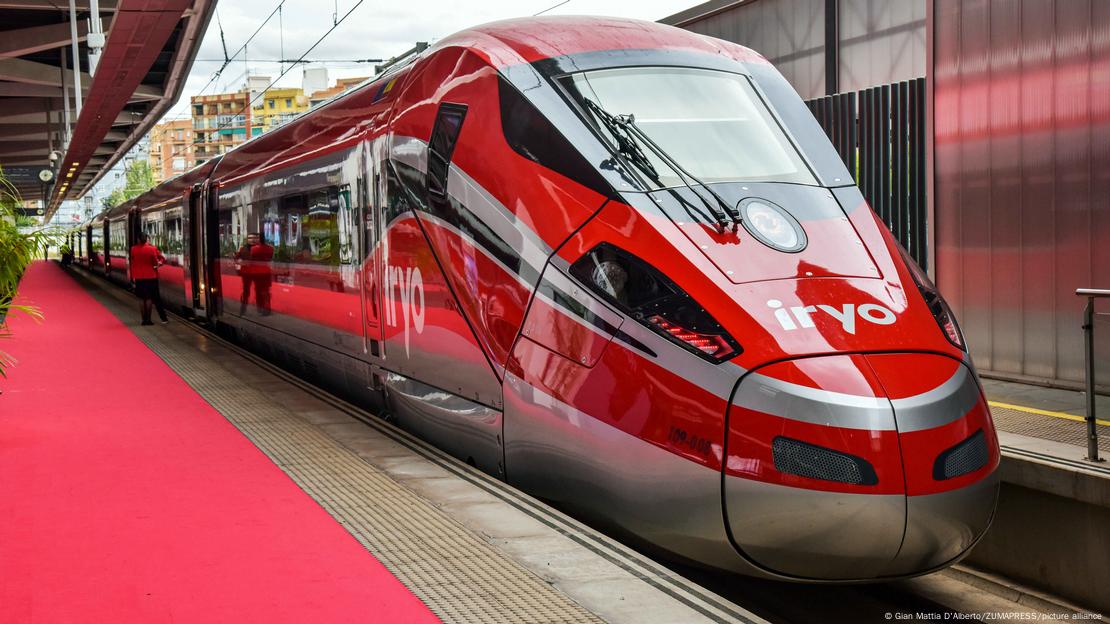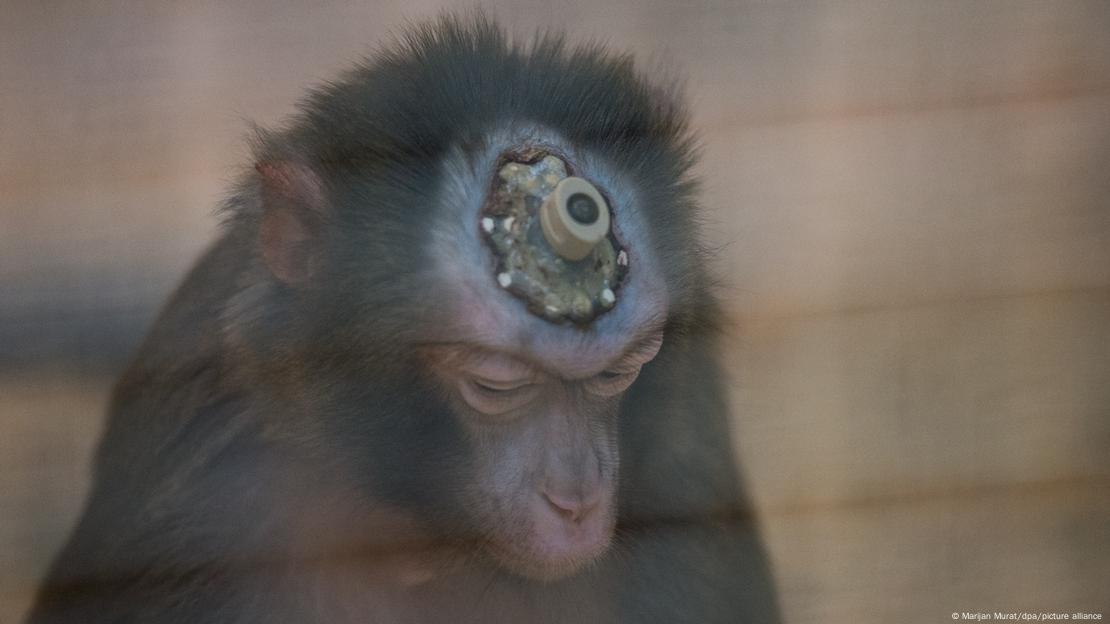Since Kenya gained independence on December 12, 1963, the country has had its fair share of struggles. While the wounds of ethnic violence are slowly healing, the economic situation is becoming unbearable.
A glare full of determination, right hand resting on his rifle: The statue of iconic freedom fighter Dedan Kimathi (pictured above) is hard to miss for anyone walking through the center of Nairobi, Kenya's capital.
The history of Kenya and its struggle for independence from its British colonizers are woven into the fabric of Nairobi. The statue of Kimathi gazes down Kenyatta Avenue, named for Jomo Kenyatta, who led Kenya toward independence and was its first president.
The country was given a new start when Prince Philip, husband of Queen Elizabeth II, formally handed over power on December 12, 1963, thereafter known as Jamhuri Day — "Jamhuri" being the Swahili word for "Republic."
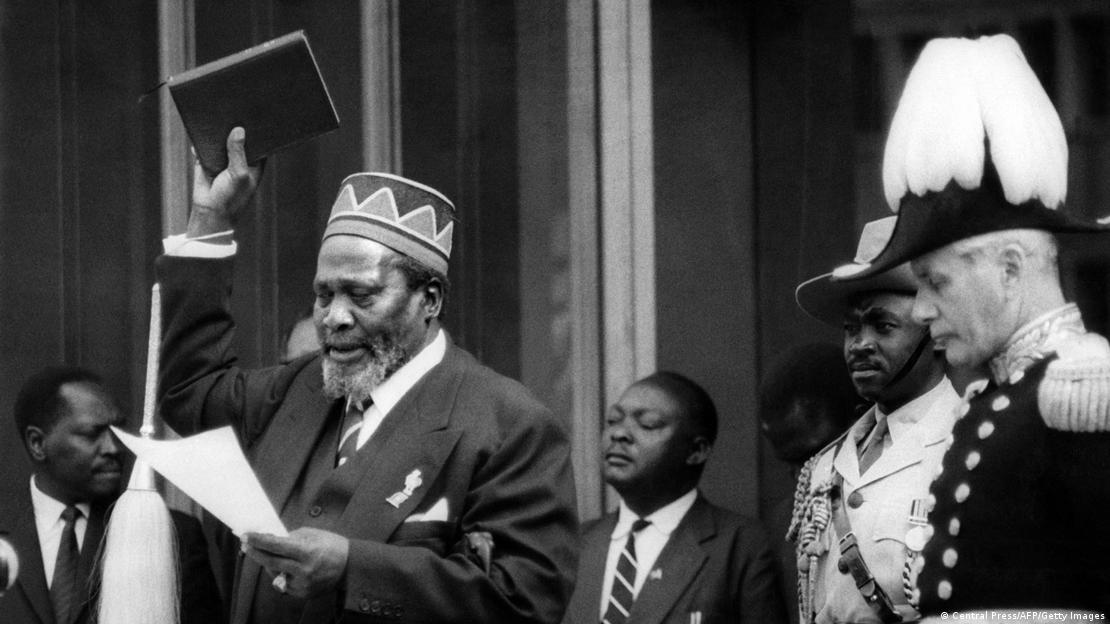
Sixty years on, not everyone is in the mood for celebration. Berline Ndolo is the founder and program manager of the World Network for Sustainable Change, a nongovernmental organization based in Kisumu, western Kenya that helps vulnerable people with education and agriculture projects. In her role, she interacts daily with, as she puts it, "the poorest of the poor."
"This particular group of people cannot be happy on Jamhuri Day. Because of the high cost of living right now, where life has become very expensive for them, they cannot even afford three meals a day, maybe not even two," Ndolo told DW. "They'll focus on how best they can feed their family with their very few resources."
"High cost of living" is a common phrase across Kenya these days. With President William Ruto, now one year in office, cutting subsidies and introducing new taxes, the situation has gone from bad to worse.
"The president had a very promising agenda for the people of Kenya," said Ndolo. "The people who voted for him were very hopeful."
Now, she said, nothing seems to be changing. "If anything, businesses are closing, people who are in employment are really heavily taxed, and still, we're struggling to make ends meet."
How Kenya overcame ethnic division
Kenya's recent history has been defined by the post-election crisis in 2007 and early 2008. A narrow but contested victory of incumbent Mwai Kibaki, an ethnic Kikuyu, over Raila Odinga, of the Luo community, sparked violent clashes that left up to 1,500 people dead. Peter Muchiri, 26, who works at a hotel in the central Kenyan town of Nyahururu, described the crisis as a wake-up call for the nation.
"That was the turning point," said Muchiri. "Normally, there were towns and places where you couldn't go to look for a job or ask for help because if you're not one of them, no one cares about you."
Muchiri was 11 years old when the violence broke out. Nyahururu was one of the towns considered safe at the time.
"The country was in a big mess," Muchiri said. "People learned a lot from that."
He feels the ethnic divisions have reduced since. "It doesn't matter which tribe you are from. You are Kenyan."
James Shikwati, founder of the Inter Region Economic Network, argues that Ruto has one significant achievement. "He made the Kenyan campaign not largely reliant on ethnic community, to point and say this tribe, that tribe," Shikwati said.
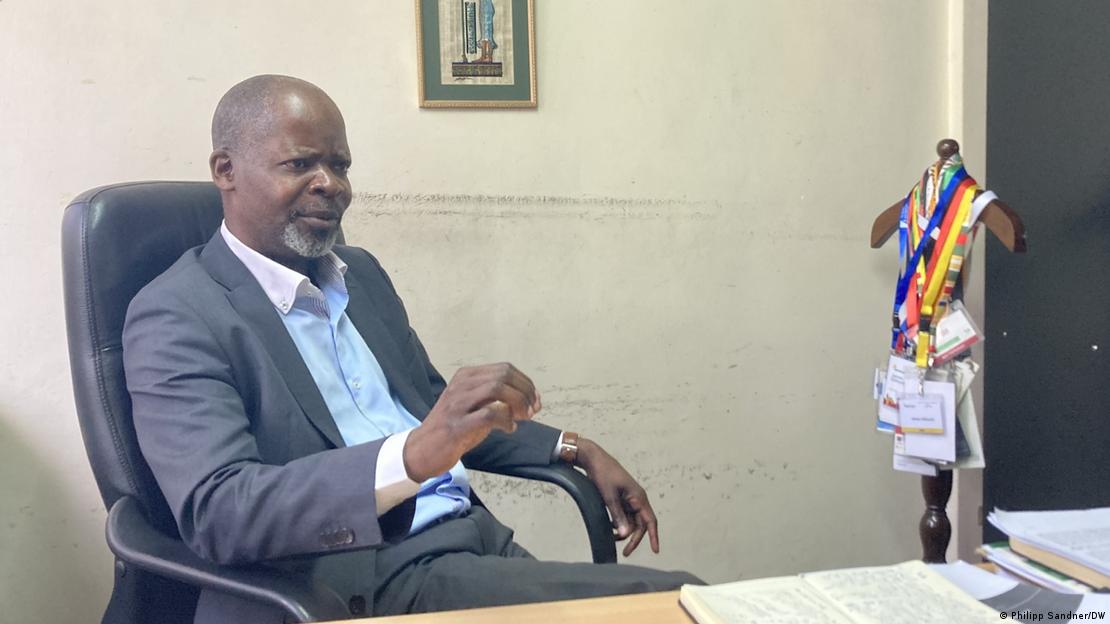
While campaigning in 2022, Ruto styled himself as the "hustler" who struggled to make a living, sympathized with the poor and promised to lift them out of poverty.
"By creating the new 'hustler' tribe, meaning the people at the bottom tribe, if we use such a loose term, I think he did a good job in that," said Shikwati. In doing so, Ruto sensitized Kenyans to rethink their country's configuration, he added.
Ruto presidency now being 'scrutinized harshly'
According to Shikwati, this also meant a paradigmatic shift in how Kenyans now view Ruto's presidency. He's being "scrutinized harshly," but not from an ethnic point of view.
"They are not labeling him in the name of his tribe," he said. "They're simply focusing on the economy. They're saying it's not doing well, people are losing their jobs, companies are closing down."
When Ruto's policies caused prices to increase, many Kenyans took to the streets. The massive and sometimes violent protests were spurred by Raila Odinga, a former Kenyan prime minister who refused to accept his defeat after finishing second in the 2022 presidential election. The demonstrations have since ceased, but the economic hardship remains.
Samir Hassan is a father of four and a driver in Mombasa, Kenya's second-largest city. His itinerary regularly leads him to the western edges of the city where the Standard Gauge Railway links the Kenyan coast to the capital. The Chinese-built train delivers tourists three times a day, but with many experiencing economic hardship, the tourists are no longer arriving.
"Now every Kenyan is cutting the costs," Hassan told DW. "Normally, we're very busy in December because it's where people rest and it's where we get mixed clients: foreigners and our local tourists.
"It's a chain of life. There are people who depend on selling their coconuts to tourists. There are people like us drivers who depend on the transfers to feed their children. So they've really cut up that chain because it's one relying on the other."
Big projects and spiraling debt
About five blocks away from the statue of Dedan Kimathi on Kenyatta Avenue is Uhuru Park. The historic area just west of the Nairobi Expressway was the site of many fights for democratization in the 1990s. The park will host a festival for the 60th Jamhuri Day.
Built on stilts, the Nairobi Expressway, the capital's main arterial road, stands out. It links the city center with the airport — and to Nairobi's rail terminals. While the railway, which can take you to Mombasa in just over five hours, was inaugurated in 2017, the expressway only opened last year.
The two crucial infrastructure projects cost billions, and according to economist Shikwati, they account for much of the hardship Kenyans are enduring these days.
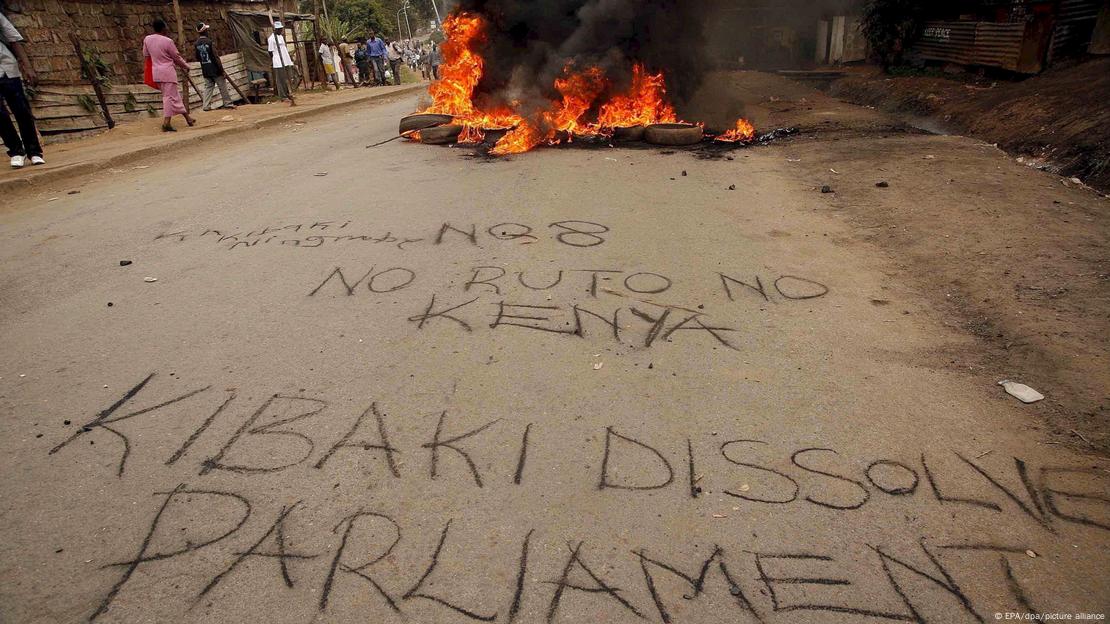
It all points back to the aftermath of the 2007 post-electoral crisis. Both Ruto and Uhuru Kenyatta, the son of Kenya's first president, were charged before the International Criminal Court for their roles in the crisis. To escape what they called a "colonial" justice, they teamed up for president in 2012 — and won, with Kenyatta becoming president and Ruto vice president.
"That must have put a lot of pressure on them that they have to endear themselves to the Kenyan populace," said Shikwati. "This meant they had to showcase success, and showcasing success means projects, big projects, including the famous Standard Gauge Railway. And that means you borrow money to deliver within a short period because you have only five years before another campaign comes in."
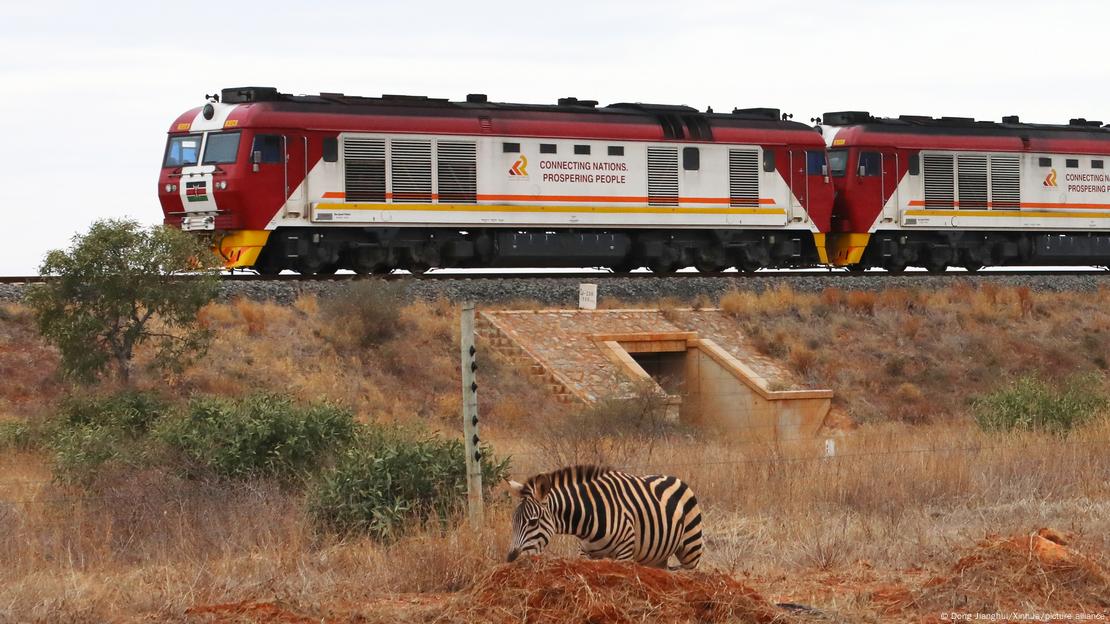
Economic hardship challenging Kenya's future
That was the beginning of a spiral of loans and a rapidly growing mountain of debt. According to Shikwati, bias in the global financial system and misjudgments by the World Bank and the International Monetary Fund also played their part.
But Ruto's decisions as president, whether ending subsidies and introducing new taxes, certainly did not make the fiscal crisis better.
"Our economy is more or less like what we in Kenya call hawkers — the people who carry things and sell on the street. So I would say it's like a hawking economy. You buy things from China, you sell to Kenyans," explained Shikwati.

"You can have a big shop. You are considered to be an SME [small to mid-sized business]. But unlike Germany, you don't produce the screws, you don't produce windshields. You're more like a conveyor belt, moving from one spot to the other," he said.
Following that logic, imposing high taxes on an economy that was not productive left few options but to reduce activities and close down companies, putting even more strain on the population.
It turns out that 60 years after independence, ethnic polarization is no longer the defining factor of Kenyan society. Now, it's economic hardship that's challenging the country's future.
This article was originally written in German.








